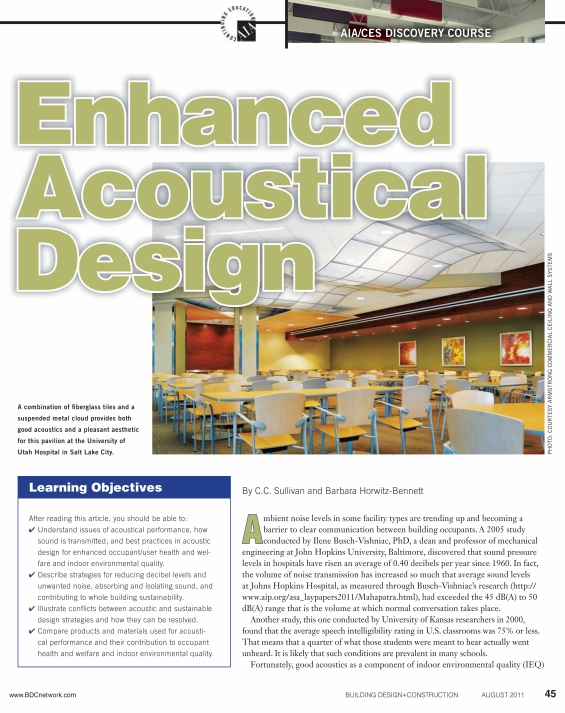In a setup that’s equal parts science and Harry Potter, scientists at Argonne National Laboratory acoustically levitate liquids in midair to further critical pharmaceutical reasearch. Using a technology originally developed by NASA to simulate microgravity conditions, the pharmaceutical droplets are suspended in midair using standing waves of inaudible ultrasound generated by small speakers above and below.
By suspending a drug this way—free from any container or other physical contact—scientists can study its various forms and the ways it might be absorbed by the body. Not to mention putting on a pretty cool show in the process!

